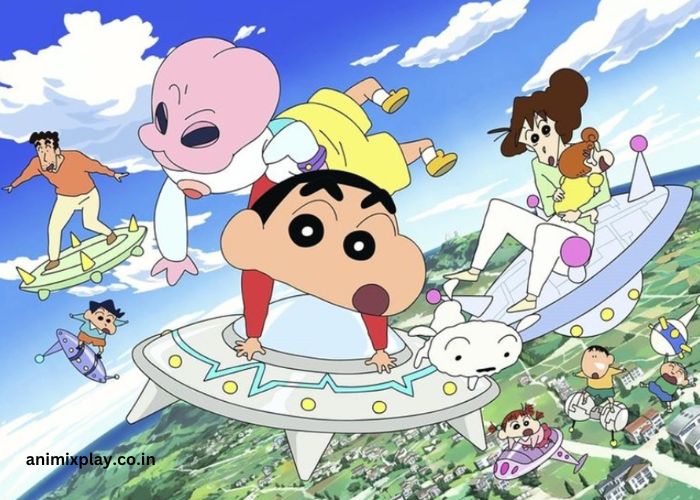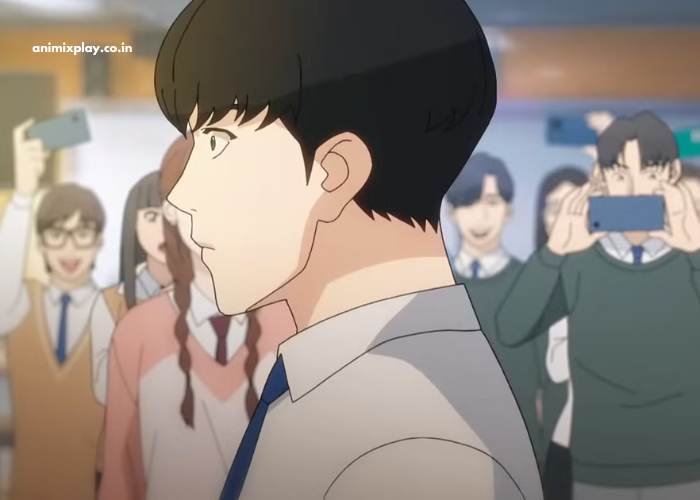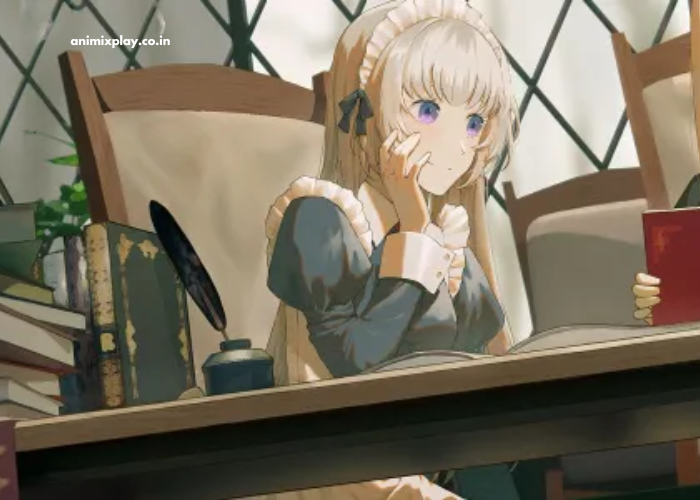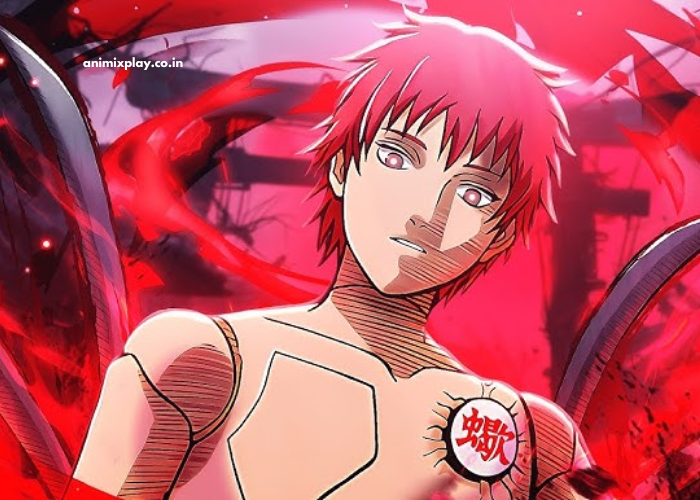“Shinchan Cartoon” has been a part of the global entertainment scene for decades, captivating audiences with its quirky humor, relatable characters, and vibrant storytelling. First published in 1990, Crayon Shin-chan quickly became a household name, transcending cultural barriers and becoming an iconic part of popular media.
This Japanese manga, created by Yoshito Usui, follows the mischievous adventures of a young boy named Shinnosuke Nohara (Shin-chan) and his family, offering an amusing and sometimes satirical take on everyday life. As the years passed, the series not only grew into a beloved manga but also expanded into animated shows, movies, and a range of merchandise.
Shinchan’s legacy is significant in shaping the anime industry and influencing pop culture. The irreverent humor, innocent mischief, and complex yet humorous interactions of the characters created a unique charm that resonated with both children and adults. In this blog post, we’ll take a deep dive into the legacy of “Shinchan Cartoon,” analyzing its cultural impact, the controversies it sparked, and its place in the history of anime.
Key Points:
- Shinchan’s relatable humor makes it timeless across generations.
- The series navigates through controversial topics while maintaining comedic charm.
- It has contributed to popularizing anime around the world.
What Is the Legacy of the Shinchan Cartoon?
The legacy of “Shinchan Cartoon” extends far beyond its original run in Japan. This anime and manga series has influenced generations of fans worldwide, not just through its humor, but also through its exploration of family life, societal norms, and human behavior. Its success and cultural relevance have made it a symbol of Japanese manga and anime in the global arena.
The key aspect of Shinchan’s legacy is its ability to strike a balance between innocent fun and sharp social commentary. For many, it was one of the first anime that offered an alternative to the more traditional, family-friendly shows. Despite its sometimes controversial content, the series has managed to carve a niche in the hearts of millions of fans.
Shinchan’s impact can also be measured through its remarkable influence on various industries, from merchandise to TV shows. The quirky character of Shin-chan and his offbeat humor became iconic symbols of the Japanese manga and anime culture.
Reminder: The manga’s cultural influence is undeniable, with countless references in pop culture and media across various countries.
How Did “Shinchan Cartoon” Become a Global Phenomenon?
When Yoshito Usui created “Crayon Shin-chan” in 1990, he had no idea that it would become a global sensation. What started as a simple manga aimed at young readers soon found a larger audience as it resonated with adults as well. The series’ ability to make social commentary while still being light-hearted and comedic made it universally relatable.
One of the main factors that contributed to its global success was its adaptation into television. The animated version of Crayon Shin-chan debuted in 1992, and it became an instant hit in Japan. As the anime reached new international audiences, it was dubbed and subtitled in several languages, allowing it to spread across continents. Countries like India, South Korea, and even parts of Europe embraced the quirky humor and clever animation style.
Shinchan’s appeal is multi-faceted. The animation style is colorful, the characters are memorable, and the storylines—while sometimes absurd—are based on situations that everyone can relate to. From the classic portrayal of family dynamics to the sometimes wild adventures of Shin-chan, the show is designed to appeal to all ages. It taps into a universal language of humor that transcends regional boundaries.
| Region | Year of Introduction | Popularity Level |
| Japan | 1990 | Very High |
| India | 2000 | Very High |
| South Korea | 2000s | High |
| United States | 2000s | Moderate |
Reminder: Shinchan’s reach and ability to adapt to local cultures is a testament to its universal charm and global appeal.
Why Did “Shinchan Cartoon” Spark Controversies?
Despite its immense popularity, “Shinchan Cartoon” has been a subject of much controversy, particularly in countries outside Japan. The show’s humor, often dealing with topics like inappropriate behavior, potty jokes, and off-color remarks, has drawn the ire of parents and critics. This has led to several instances where local television stations decided to censor or even ban episodes of Shinchan.
In India, for instance, the show faced significant backlash due to its perceived negative influence on children. The character of Shin-chan, with his disrespectful behavior, often created a debate about whether the show should be aired to young audiences. In response to these concerns, many broadcasters made edits to make the show more “family-friendly.”
Similarly, in other countries like China and South Korea, there have been instances where the show’s broadcast was delayed or censored to remove certain elements that were considered inappropriate for children.
However, despite these controversies, “Shinchan Cartoon” has maintained a strong fan base. The debates surrounding the show are not necessarily about the quality of the content, but rather the way it challenges traditional norms in children’s programming. Many fans argue that the humor is exaggerated for comedic effect and that the show’s deeper messages, such as the importance of family, responsibility, and friendship, make it worthwhile for kids to watch.
What Has Made Shinchan’s Characters So Endearing?
The characters in “Shinchan Cartoon” are one of the main reasons why the show has remained beloved for so many years. Each character is well-defined, with distinct personalities that contribute to the humor and charm of the series.
- Shin-chan is the epitome of childhood mischief. He’s a lovable rascal with an innocent yet crude sense of humor. His antics—while often problematic—are relatable for many people who remember the rebelliousness of childhood. His catchy catchphrases and carefree attitude make him an iconic character in the anime world.
- Misae (Shin-chan’s mother) is the voice of reason, often exasperated by her son’s behavior. Her stern yet loving demeanor provides a balance to the otherwise chaotic world Shin-chan creates. Her interactions with Shin-chan are among the most entertaining aspects of the show.
- Hiroshi (Shin-chan’s father) provides a calming influence but is often portrayed as a bumbling character. His efforts to maintain peace in the household while dealing with Shin-chan’s antics create humor through their family dynamics.
The Nohara family, along with their quirky neighbors and friends, makes “Shinchan Cartoon” more than just a comedy. The family’s relatable struggles with parenting, life, and work are what truly make the characters stand out.
| Character | Role | Popularity |
| Shin-chan | The mischievous protagonist | Very High |
| Misae | The strict mother | High |
| Hiroshi | The laid-back father | Moderate |
Conclusion
“Shinchan Cartoon” has left an indelible mark on the world of anime and manga, creating a lasting legacy that is admired by fans and critics alike. Despite its controversial elements, the show has demonstrated the power of humor in addressing universal themes. Its ability to connect with people of all ages, and across cultures, speaks to the genius of Yoshito Usui’s creation. Shinchan’s influence has shaped the way anime is perceived worldwide, paving the way for other shows to follow in its footsteps.
Whether it’s through its unique humor, its unforgettable characters, or its ability to challenge societal norms, “Shinchan Cartoon” will remain a cherished part of anime history for years to come.
FAQ’s
- When did “Shinchan Cartoon” first appear in Japan?
“Shinchan Cartoon,” also known as Crayon Shin-chan, first appeared in Japan in 1990.
- Who created the “Shinchan Cartoon”?
The show was created by Yoshito Usui, a Japanese manga artist, in 1990.
- Why is “Shinchan” controversial?
The show has faced criticism for its mature humor, inappropriate jokes, and the behavior of its main character, Shin-chan.
- Has “Shinchan” been aired outside Japan?
Yes, Shinchan has been broadcast worldwide, including in countries like India, South Korea, and the United States.
- What makes “Shinchan’s” characters so memorable?
The characters’ unique personalities, such as Shin-chan’s mischievous nature and his family’s humorous interactions, make them relatable and beloved by fans.




